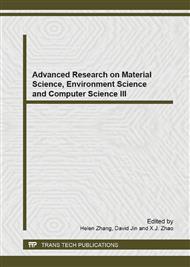p.546
p.552
p.556
p.560
p.564
p.568
p.572
p.576
p.580
Applied Technology in Assembly Line Balancing Based on Genetic Algorithm and Simulation
Abstract:
For the assembly line balancing problem, the purpose of adopting genetic algorithm is to balance the average operation time of each work-station. In this paper, we elaborate the main factors that affect the genetic algorithm. Then evaluation functions are brought in the study to evaluate the simulation model based on eM-Plant. Finally the feasibility of this applied technology is verified by the example.
Info:
Periodical:
Pages:
564-567
Citation:
Online since:
January 2014
Authors:
Price:
Сopyright:
© 2014 Trans Tech Publications Ltd. All Rights Reserved
Share:
Citation:


